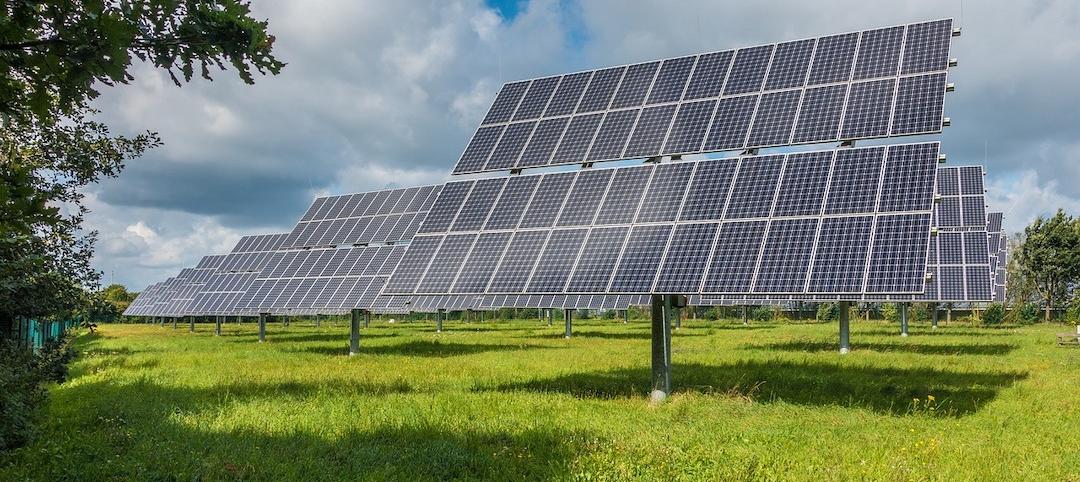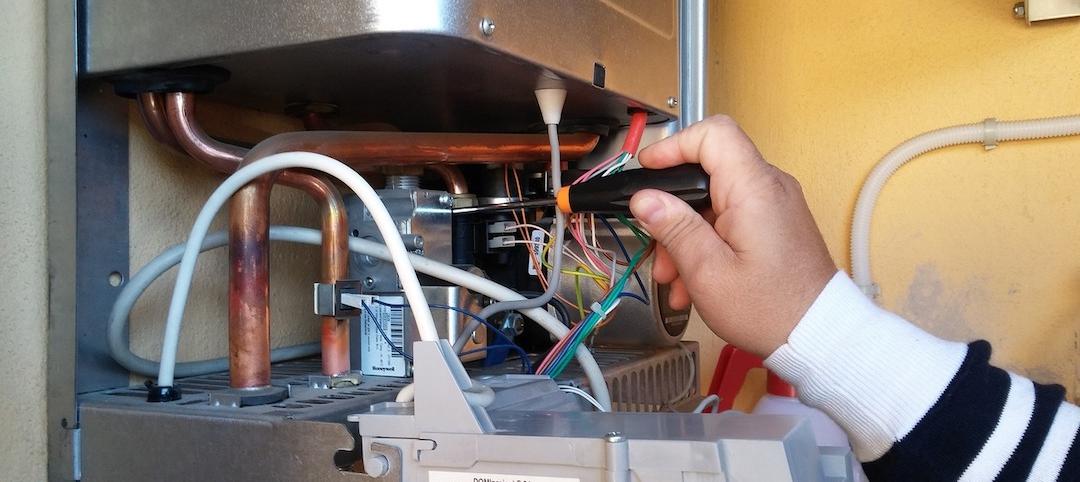The U.S. House of Representatives passed legislation that will create a voluntary energy-efficiency program modeled after Energy Star for commercial and government buildings.
President Obama is expected to sign the so-called Tenant Star law, which authorizes the U.S. Environmental Protection Agency to set up a branding, recognition, and certification program. Tenant Star is targeted for property owners and tenants who design, build, and operate leased spaces in office buildings.
Tenant Star encourages tenants, who, in some buildings, consume more than half of the power used by the building, to take measures to save energy. If the program is widely adopted, it could save landlords and tenants an estimated $2 billion by 2030 and reduce carbon emissions by nearly 12 million metric tons.
"Tenant Star will also go a long way to help ensure that U.S. buildings—and the separate spaces leased within them—are at the vanguard of technology and energy conservation,” says Anthony E. Malkin, Chair of The Real Estate Roundtable's Sustainability Policy Advisory Committee and Chairman and CEO of Empire State Realty Trust, Inc. “The program will allow building owners to attract financiers, investors, and tenants in the increasingly competitive national and global markets for real estate.”
Related Stories
Codes and Standards | Nov 29, 2021
Ithaca, N.Y., votes to electrify, decarbonize all its buildings
First initiative of its kind in U.S.
Codes and Standards | Nov 29, 2021
FAA seeking design of air traffic control towers of the future
Call for design submissions for safe, efficient structures.
Codes and Standards | Nov 28, 2021
Efficient electric water heaters in multifamily buildings significantly reduce carbon emissions
In buildings with 5+ units, water heating uses more energy than space heating, cooling, or lighting.
Codes and Standards | Nov 23, 2021
New York’s Labor Law Section 240 and how it affects general contractors
The ‘Scaffold Law’ was first enacted by the New York State Legislature in 1885 and is one of the single most-used laws in construction accident cases.
Codes and Standards | Nov 22, 2021
ABC’s Construction Technology Report finds focus on solving operational problems
More than half rely on project management software.
Codes and Standards | Nov 22, 2021
Contractors say 811 utility location system has significant flaws
More than half of firms in survey report damages, near misses because lines were unmarked or marked incorrectly.
Codes and Standards | Nov 19, 2021
Creating net-zero/net-positive buildings is top priority in Green Building Trends 2021 report
Findings also demonstrate compelling business case for building green.
Codes and Standards | Nov 19, 2021
Construction Startup Competition 2021 awards highlight tech innovations
AI-powered software to identify and explain critical issues in construction contracts takes top prize.
Codes and Standards | Nov 18, 2021
Infrastructure bill contains $5 billion for energy efficiency in buildings
Wide range of programs to reduce energy use, improve materials, train workers.
Codes and Standards | Nov 17, 2021
Skanska will provide embodied carbon assessments on all new projects over 53,000 sf
Will use the Embodied Carbon in Construction Calculator it helped create.

















